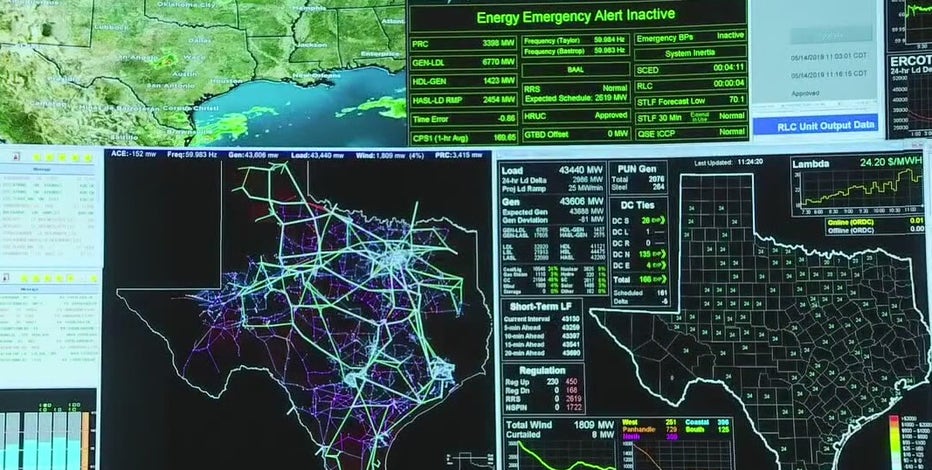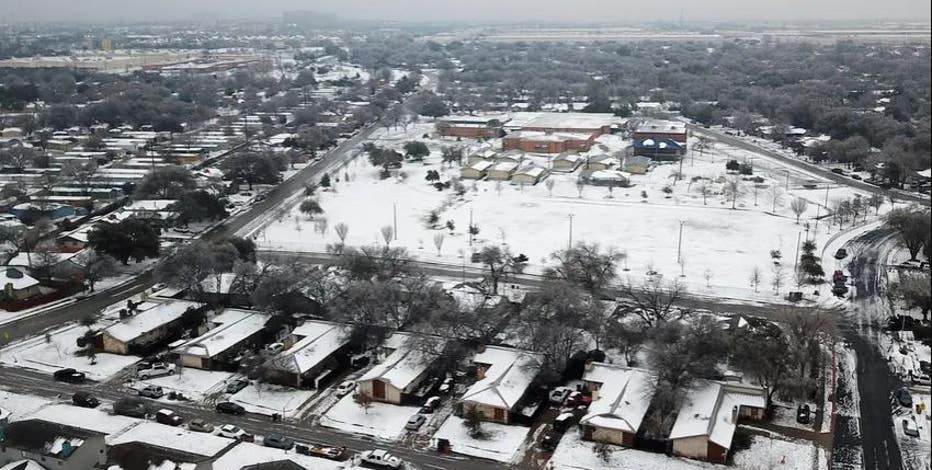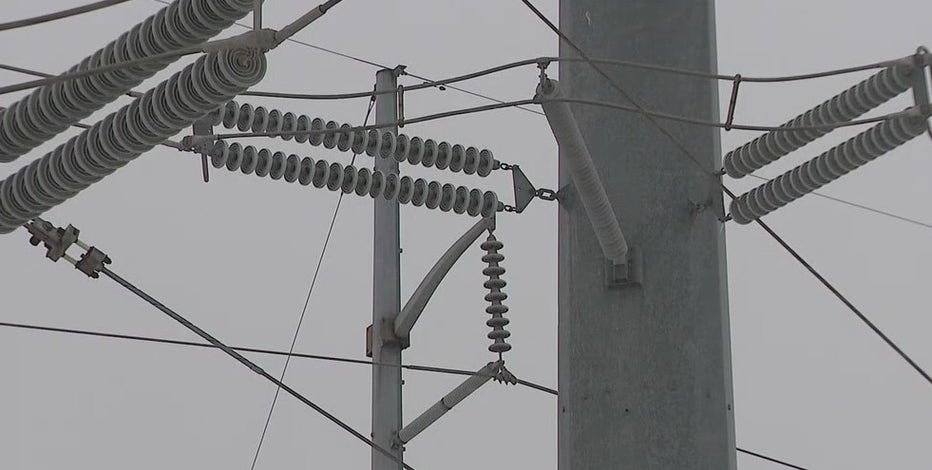ERCOT members meet to discuss problems that led to power blackout
The cold weather that left millions without power was under review by ERCOT’s Technical Advisory Committee Friday.
Their goal for the meeting was to clarify exactly what went wrong that caused the power blackout in mid-February. They plan to meet late this month to identify exactly how to solve what went wrong.
"The goal is really to take the opportunity to start identifying and cataloging the issues that need improvement in our market," said Clif Lange, chair of ERCOT TAC.
The TAC meeting happened online Friday afternoon, two days after the firing of ERCOT CEO Bill Magness.
MORE: ERCOT CEO fired after Texas winter storm power failure
Meanwhile, Texans are still wondering why millions were left without power and whether the fix will mean higher electric bills.
Featured
The bill for the great Texas blackout is growing bigger
The financial fallout from the Texas Winter blackout continues to unfold in brutal fashion and it appears increasingly likely everyday Texans will be left holding the bag.
"We’ve got a group of individuals that are more concerned about lining people’s pockets than they are taking care of the citizens of our state," said Truman Wright, a Willis resident who does not believe more money is the answer. "I don’t think that’s the answer. I think what we need is more logic."
Lange said Friday’s goal was to catalog the items they can fix and the ones that are out of their control.
They went over eight issues the CEO believed needed to be fixed: Number one was coordination with transmission operators.
"We certainly saw some load shed amounts that were far beyond what we’ve seen historically—certainly caused some challenges for wireless providers," said Lange.
Featured
ERCOT overcharged power companies $16 billion for electricity during winter freeze, firm says
The Electric Reliability Council of Texas made a $16 billion error in pricing during the week of the winter storm that caused power outages across the state, according to a filing by its market monitor.
Item number two for improvement: public safety communication.
"It’s certainly something that a lot of us recognize may not have occurred as well as it should have during this event, and as such we need to kind of come up with a public safety communication strategy," said Lange.
He added that the third item for improvement was increasing coordination with the Texas Energy Reliability Council and the Gas Electric Working Group.
"We obviously saw some challenges relating to critical gas facilities and disconnections that occurred during the rolling outages," said Lange.
"Item number four has to relate to resource adequacy recording…potentially through the CER and so forth, and trying to come up with a greater range for potential risks for extreme weather events," said Lange.
Featured
EXCLUSIVE: Lt. Gov. Patrick on ERCOT failure, possible taxpayer bailout
FOX 26 Political Reporter Greg Groogan spoke exclusively with Texas Lt. Gov Dan Patrick about the state's power grid following the winter storm that affected millions in mid-February.
Item number five is "reporting and timing requirement changes to the outage scheduler," said Lange. "I think there is a gap there in terms of ERCOT operations folks and operations support folks being able to see some of the actual outages as they occur in closer to realtime."
Item number six is "telemetry information related to TRC," said Lange. "That is the available operating reserves in realtime."
Item number seven is "registration of realtime data requirements for particularly DGRs or distribution level connected resources to enhance situational awareness for planning and operational purposes as we get into these types of events."
Featured
Texas Blackout: Experts forecast cascading financial failures
'I fear the dominos are starting to fall and we are going to see billions if not tens of billions of dollars in losses and bankruptcies because of the fatally-flawed Texas electric market that was set up by the Texas legislature,' said analyst Robert Bryce.
Finally, item number eight is "a comprehensive evaluation of settlement credit-worthiness requirements, as obviously we’ve seen some pretty significant challenges in that area."
They plan to discuss action plans for improvements at their meeting on March 24.





